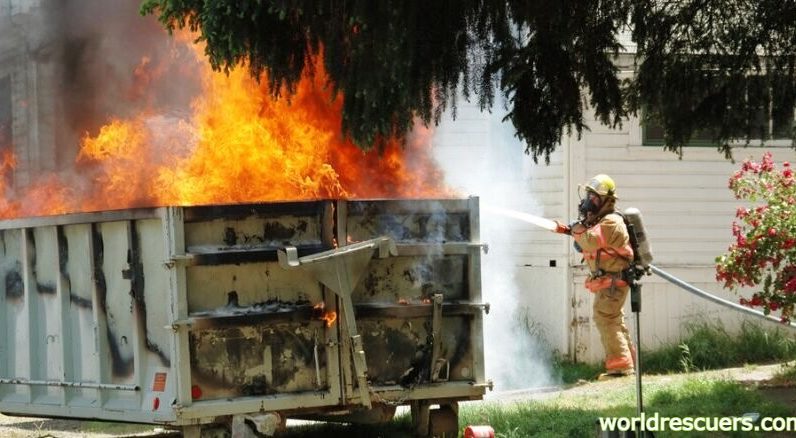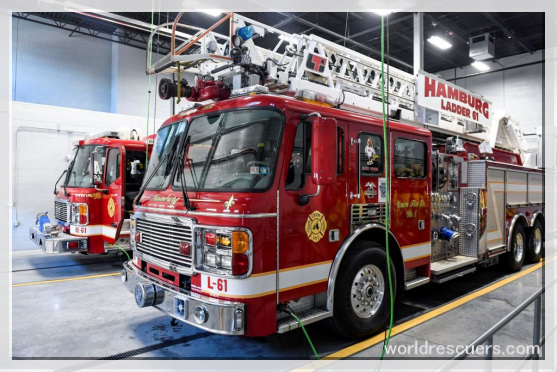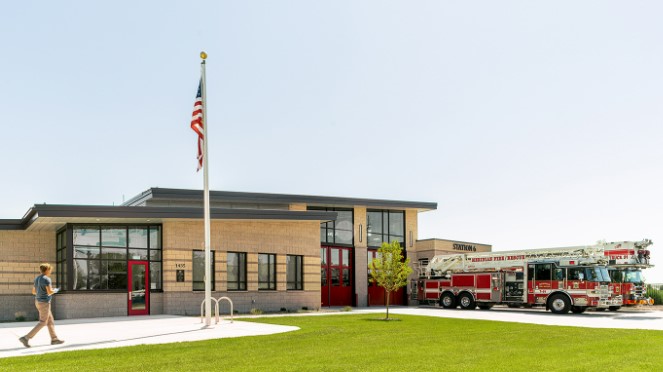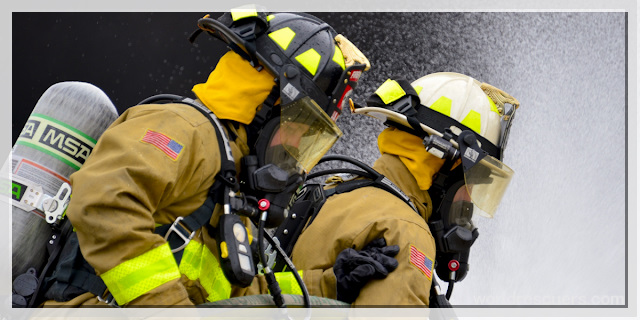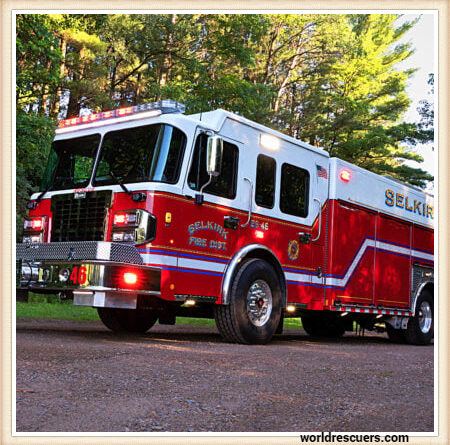
Summary:
Heavy Rescue Truck is the backbone of emergency services, providing critical support in times of crisis. This truck is equipped with specialized tools and expert professionals who play a crucial role in saving lives and mitigating the impact of major Emergencies. With the evolution of technology, emergency response tactics are improving. These specialized emergency vehicles will remain at the forefront of safeguarding communities and ensuring public safety.

What is a Heavy Rescue Truck?
A Heavy Rescue Truck is a powerful and versatile emergency vehicle. This purpose-built truck is to provide technical assistance in various rescue scenarios. Unlike traditional fire engines or ambulances, these trucks lack water pumps or firefighting capabilities. These are equipped with a vast array of specialized rescue and fire tools & equipment to deal with unique emergency challenges.
The Role of Heavy Rescue Trucks
Heavy Rescue Trucks are vital in Emergency Services Departments as these are useful in various emergencies. The Emergencies where conventional vehicles lack the equipment to respond effectively.
Let’s have a brief and closer look few of the important roles these trucks may perform.
1. Vehicle Extrication
One of the most critical tasks of Heavy Rescue Trucks is vehicle extrication. When individuals trapped inside mangled vehicles after accidents, rescue teams rely on hydraulic rescue tools, known as the “Jaws of Life,” to cut through metal and free the patient safely.
2. Structural Collapse Rescue
In the aftermath of natural disasters, such as earthquakes or building collapses, the equipment of Heavy Rescue Trucks is instrumental in locating and rescuing individuals trapped under debris. The trucks’ advanced equipment allows responders to access confined spaces and remove obstacles easily.
3. Confined Space Rescue
Rescuing individuals stuck in confined spaces or underground tunnels demands specialized equipment and professional training. Heavy Rescue Trucks are equipped to handle such complex scenarios and ensure safe extrication.
4. Water and Swiftwater Rescue
Heavy Rescue Trucks equipped with inflatable boats and water rescue gear can provide critical support to save people trapped in dangerous waters during flooding or swift water emergencies.
5. Hazardous Material Incidents
Heavy Rescue Trucks come prepared to deal with hazardous material incidents. Equipped with decontamination gear and protective equipment, rescue teams can manage such situations safely.
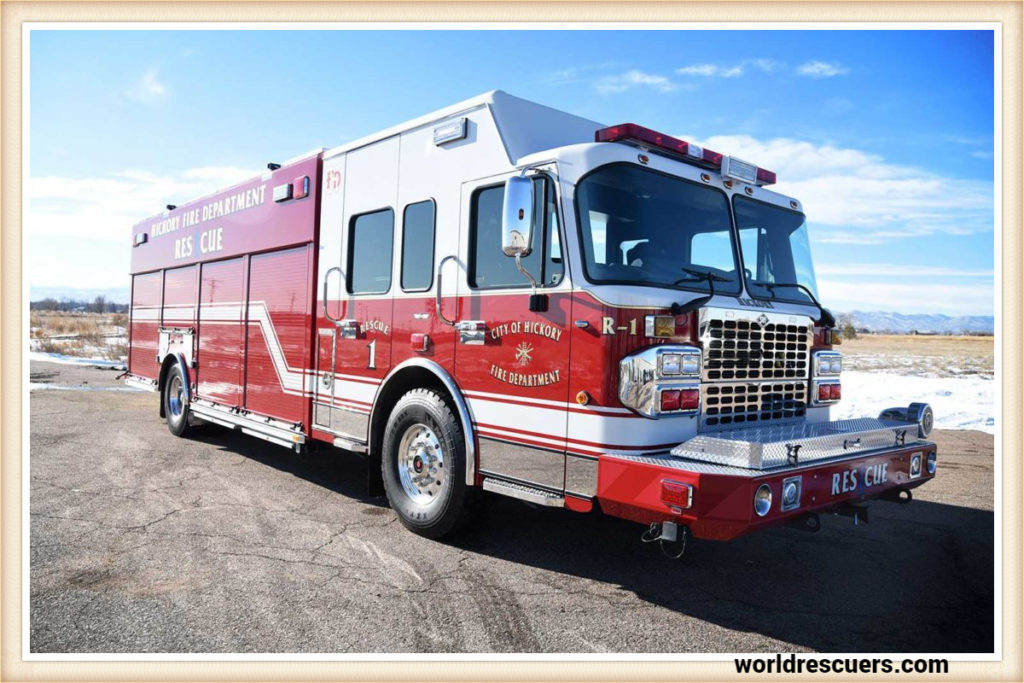
Key Features and Equipment
Heavy Rescue Trucks are equipped with an impressive arsenal of specialized tools and equipment to fulfil their demanding roles. Some of the essential features include:
1. Hydraulic Rescue Tools
The hydraulic rescue tools, or the “Jaws of Life,” are the backbone of any Heavy Rescue Truck. These high-powered cutting and spreading tools can efficiently extricate individuals trapped in vehicles.
2. Winches and Rigging Equipment
Heavy Rescue Trucks often come equipped with heavy-duty winches and rigging gear. These tools are essential for vehicle recovery, stabilization, and assisting in scenarios where lifting or pulling is required.
3. Lighting and Power Systems
Given that emergencies can occur at any time, day or night. Heavy Rescue Trucks have powerful lighting systems. These setups ensure rescue operations are possible safely and efficiently, even in low-light conditions.
4. Medical Equipment
Heavy Rescue Trucks carry medical gear to provide immediate medical assistance, including stretchers, first aid kits, and other life-saving supplies.
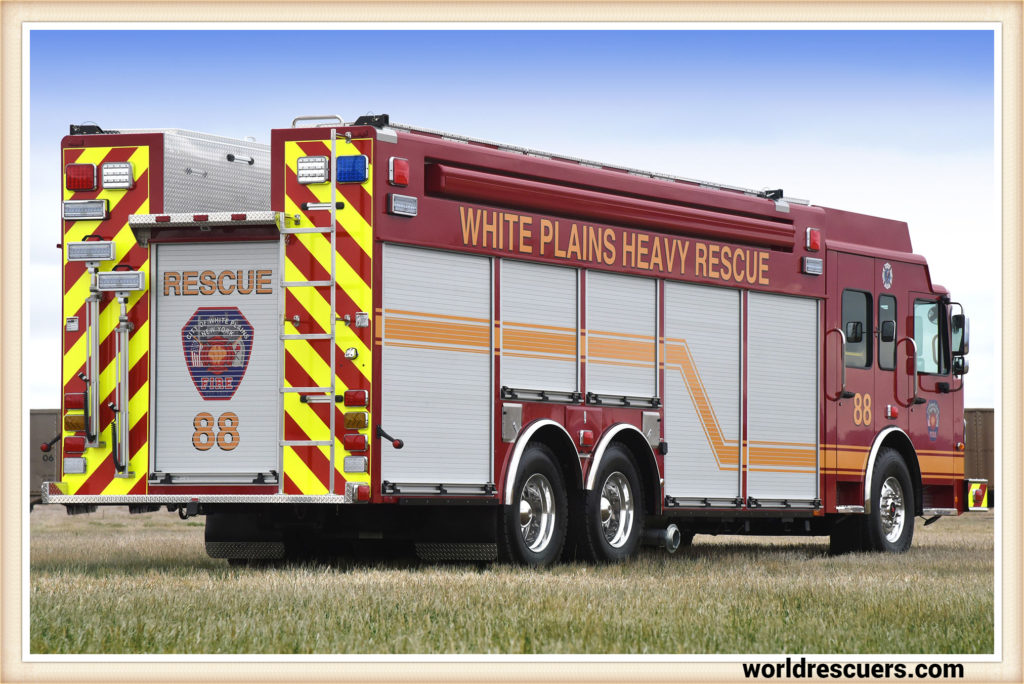
The Evolution of Heavy Rescue Truck
The concept of specialized rescue vehicles dates back to the early 20th century. Over time, Heavy Rescue Trucks have undergone significant advancements, incorporating modern technologies and improving their efficiency and capabilities.
Training and Expertise
Operating a Heavy Rescue Truck requires extensive training and expertise. Rescuers undergo rigorous training in vehicle extrication, rope rescue techniques, and handling hazardous materials. This specialized knowledge enables them to navigate complex situations with skill and precision.
Choosing the Right Heavy Rescue Truck
Not all Heavy Rescue Trucks are created equal. Fire departments and emergency services must carefully assess their specific needs and the frequent emergencies they frequently encounter to choose the right vehicle for their operations.
Challenges and Limitations
While Heavy Rescue Trucks are invaluable assets in emergencies, they do have limitations. Reaching remote or challenging locations can be difficult, requiring rescuers to employ alternative strategies.
The Future of Heavy Rescue Trucks
As technology continues to advance, Heavy Rescue Trucks will undoubtedly see further improvements. The future holds exciting possibilities for these lifesaving vehicles, from advanced communication systems to robotics and AI integration.
FAQ’s
What defines a heavy rescue?
A heavy rescue is a special type of emergency response vehicle. It has been designed to provide technical assistance and support in various complex rescue scenarios. Heavy rescue trucks have various specialized tools and equipment to handle challenges.
What equipment is on a rescue truck?
A rescue truck, especially a heavy rescue truck, is equipped with a diverse range of specialized tools and equipment to handle various emergencies. Some of the key equipment found on a rescue truck include:
- Hydraulic Rescue Tools: Also known as the “Jaws of Life,” these high-powered cutting and spreading tools are essential for vehicle extrication, allowing rescuers to free individuals trapped in wrecked vehicles.
- Winches and Rigging Equipment: Heavy-duty winches and rigging gear enable rescue teams to perform vehicle recovery and stabilization tasks and assist in scenarios where lifting or pulling is required.
- Lighting and Power Systems: Powerful lighting systems ensure rescue operations can be conducted safely and effectively, even in low-light or dark conditions.
- Water and Swiftwater Rescue Gear: In situations involving flooding or swift water emergencies, rescue trucks may carry inflatable boats and water rescue equipment to facilitate rescues in dangerous water conditions.
- Breaching and Cutting Tools: These tools help rescue teams gain access to buildings, vehicles, or confined spaces during search and rescue operations.
- Search Cameras and Thermal Imaging Devices: These advanced technologies aid rescuers in locating individuals in challenging environments or areas with low visibility.
- Shoring Equipment: Used to provide structural support and stabilize unstable structures during structural collapse rescues.
- Hazardous Material (Hazmat) Gear: This includes decontamination equipment and protective suits to handle hazardous material incidents safely.
- Communication Devices: Rescue trucks have sophisticated communication systems to maintain contact with command centres and coordinate operations effectively.
- Rescue Ropes and Rigging Hardware: Used in rope rescues to lower, raise, and secure victims in challenging terrain.
- Firefighting Equipment: While heavy rescue trucks do not have water pumps, they may carry basic firefighting equipment to handle small fires in emergencies.
What is the world’s largest fire engine?
The world’s largest fire engine is the “Big Wind.” It is a custom-built firefighting vehicle designed to combat wildfires, measuring 46 feet long and capable of holding up to 8,000 gallons of water.
What is the most expensive fire engine in the world?
The ” Oshkosh Striker ” is the world’s most expensive fire engine.” The Oshkosh Striker is a high-performance airport firefighting and rescue vehicle manufactured by Oshkosh Corporation, an American industrial company. However, these specialized fire engines are to respond to aircraft-related emergencies and have advanced features to handle such unique situations.
How is a heavy fire truck best for rescuers in Times of Crisis?
A heavy fire truck, particularly a Heavy Rescue Truck, is an invaluable asset for rescuers in crisis due to its specialized capabilities and equipment. Although, here are several reasons why a Heavy Rescue Truck is best for supporting rescuers during major emergencies:
- Versatile Equipment: Heavy Rescue Trucks are special tools and equipment, such as hydraulic rescue tools, winches, rigging gear, lighting systems, and medical supplies. This versatility allows rescuers to address a diverse range of emergencies effectively.
- Technical Rescues: In complex emergencies, such as vehicle accidents, structural collapses, or confined space incidents, Heavy Rescue Trucks excel at performing technical rescues.
- Swiftwater and Water Rescues: Heavy Rescue Trucks have specialized gear, such as inflatable boats and water rescue equipment, during flooding or water-related emergencies.
- Hazardous Material Incidents: Heavy Rescue Trucks come prepared to handle hazardous material incidents, equipped with decontamination gear and protective suits, enabling rescuers to respond safely to such dangerous situations.
- Extended Reach and Power: Heavy Rescue Trucks often feature powerful water cannons and firefighting foam systems, allowing rescuers to attack fires from a safe distance and with significant force. The extended reach of the water cannon is especially useful in industrial or airport firefighting scenarios.
- Off-Road Capabilities: Many Heavy Rescue Trucks have off-road capabilities, enabling them to access challenging terrains often encountered during emergencies.
- Ample Space and Organized Storage: Heavy Rescue Trucks can accommodate considerable equipment, ensuring rescuers can easily access the necessary tools. So, the organized storage systems on these trucks enhance efficiency during high-pressure situations.
- Medical Support: Heavy Rescue Trucks carry essential medical equipment, including stretchers. They carry first aid supplies, allowing rescuers to provide immediate medical assistance to victims.
Highly trained Assistant Fire Chief dedicated to public safety and awareness for the past 16 years. Effective leader who remains steady during times of emergency, while directing and motivating team members throughout crises.

